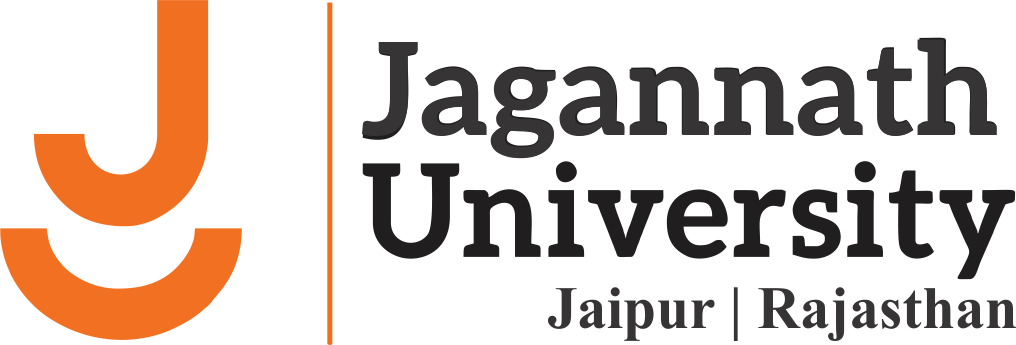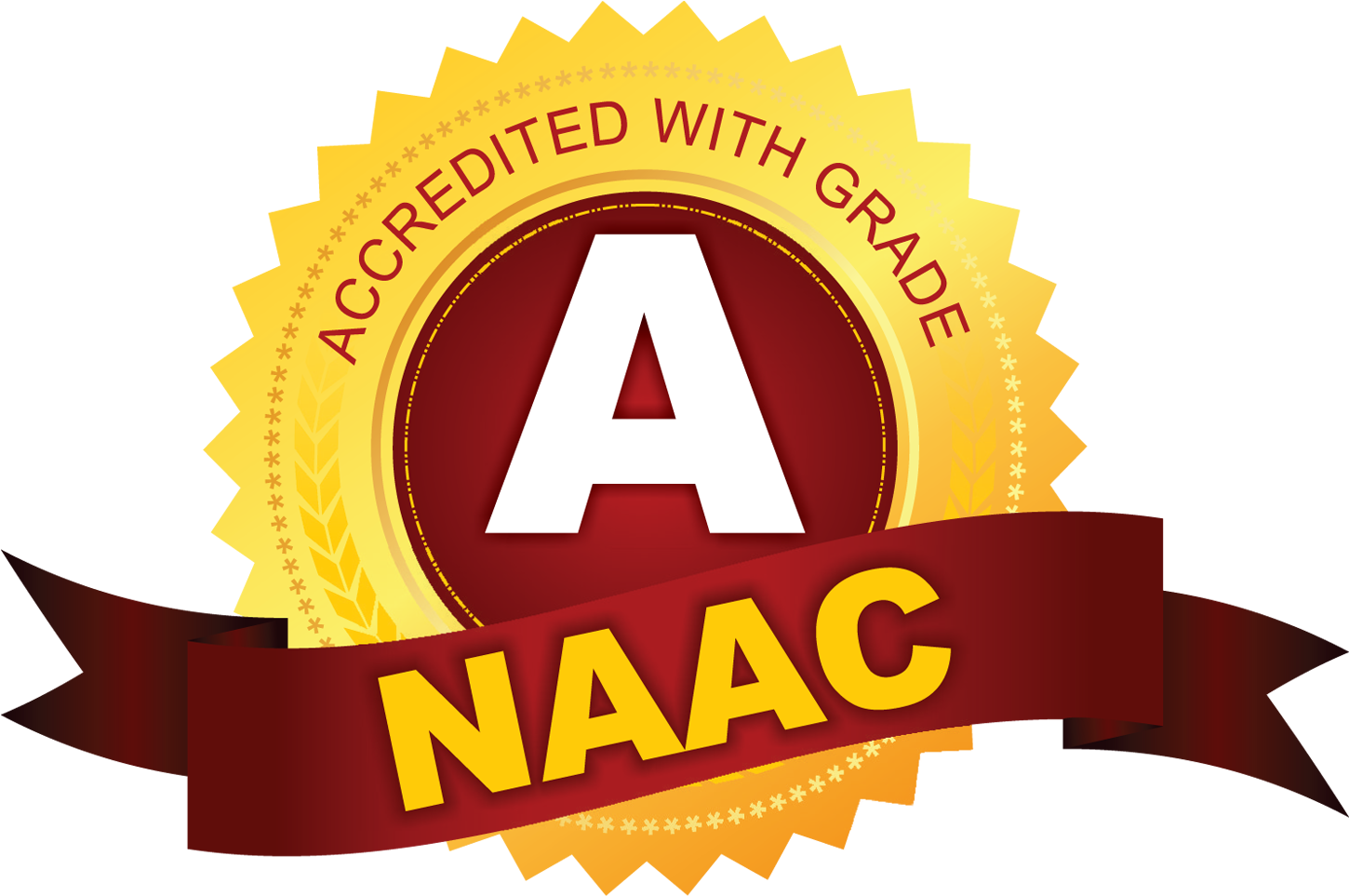
How to Study B.Sc Medical Radiology
Deciding to take a journey in Medical Radiology and Imaging Technology and eventually get a degree in this area is a step that not only brings a sense of newness but also rewards. The medical field is a melting pot of many disciplines that come together and result in things such as imaging technology. It is the latter that has a significant impact on diagnosing and healing many diseases. In the following article, I am presenting a detailed guide on the subject that you can use as a kind of map through your studies and job search if you are interested in this profession.
Understanding B.Sc. Medical Radiology and Imaging Technology
The B.Sc. in Medical Radiology and Imaging Technology is a program in the field of health care that deals with the medical imaging of patients(diagnostic imaging) and the performance of procedures for the safe and effective use of imaging equipment. Also, by using the Standard Normal Variate (SNV) of the logarithm of the imaging matrix as a target Low-Dose-Quality-Criteria (LDQC), low-dose images could be created employing a substantial reduction of the dose levels. The typical length of the course is three or four years, and the teaching method encompasses both practical and theoretical aspects.
Understanding the B.Sc. Medical Radiology Curriculum
The syllabus for the B.Sc. in Medical Radiology and Imaging Technology has been crafted to provide students with appropriate knowledge and skills for working in the field of medical imaging. The most important subjects in the program are Human Anatomy and Physiology, Radiographic Techniques, Pathology, various Imaging Modalities from X-ray, MRI, CT scans to Ultrasound, and also the Physics and Protection of Radiation.
On top of that, students have to go through clinical trainings and internships where they can apply their learning in real healthcare settings. This holistic approach ensures that graduates will not only be able to operate imaging equipment efficiently but also interpret medical images and comply with safety rules.
Core Subjects Covered
These are the main B.Ed. specializations in Pedagogy Subject that are easy to find in India:
- Human Anatomy and Physiology: The study of the structure and function of the human body.
- Radiographic Methods: : How to Capture Medical X-Rays.
- Pathology: The study of the effects of disease on the body.
- Imaging Techniques: Different Brain Imaging Techniques (X-ray, MRI, CT scan, ultrasound)
- Radiation Physics and Protection: Basic principles of radiation and protection.
Steps to Successfully Study B.Sc. Medical Radiology
When you want to select the most suitable B.Ed. specialization, we must consider many things.
Choose the Right Institution:
First, and perhaps most importantly, you should select a good university. Look for accreditation, faculty, infrastructure, and placement records. To illustrate, Jagannath University has a full B.Sc. program in Radiology and Imaging Technology, focusing on both theory and practice.
-
Meet Eligibility Criteria
Candidates are generally required to pass 10+2 in Physics, Chemistry, Biology, or Mathematics domains (depending on the course applied) with at least 50% marks. Few universities, such as Jagannath University, even provide lateral entry for candidates with a two& half years diploma in Medical/Radiological Imaging Technology.
-
Engage in Practical Training
Practical experience is highly important. Be sure to participate in laboratory classes and internships to gain experience with imaging machines and practice analysing their results.
-
Follow Technological Development
Medical imaging is a constantly evolving domain. Participate in workshops, seminars, and journals to keep your knowledge and methodology about the latest technologies up to date.
-
Communication: A Good Old Must-have Skill
Radiologic technologists interact with patients, families, other medical personnel, and radiologists. However, effective communication in medicine is vital to ensuring that accurate information gets from one clinician to another and thus is essential for quality patient care.
Career Prospects After B.Sc. Medical Radiology
Graduates can choose from several roles, such as:
- Radiologic Technologist:Using imaging equipment to help in patient diagnoses.
- Magnetic Resonance Imaging MRI Tech: Focuses solely on MRI procedures.
- CT Scan Technologist: Specialising in Computed Tomography Imaging.
- Ultrasound Technician:Conducting ultrasound procedures for diagnostic purposes. (not in India)
- Radiology Administrator: Running the radiology departments of healthcare facilities.
How to Succeed in the Job Market After Earning Your B.Sc in Medical Radiology?
In case you want to pursue a career in medical radiology, it is paramount to pursue certifications in specific branches of advanced imaging, such as MRI or CT, for higher chambers of employment. Great communication skills are indispensable, especially when it comes to interactions with patients and healthcare teams. Gaining wide clinical experience through internships in hospitals or other health facilities gives one firsthand experience.
Joining professional individuals in organisations like the Indian Society of Radiographers & Technologists (ISRT) presents one with an opportunity to get insights into the industry. Moreover, one can go for a higher degree like a Master's in Radiology, which can give him/her a right of entry to advanced roles in the clinical field or research opportunities.
Attending all these planned activities can enable you to have an upper hand in the employment world, and as a result, you can have a delightful profession in the medical radiology field.
Conclusion
Pursuing a B.Sc. in Medical Radiology and Imaging Technology — a critical component of the healthcare system. If you choose the right institution, inculcate the theoretical aspect as well as practical implications of the course and keep yourself beforehand of technological advancements, you will be able to have a fruitful career in medical imaging.
FAQs

